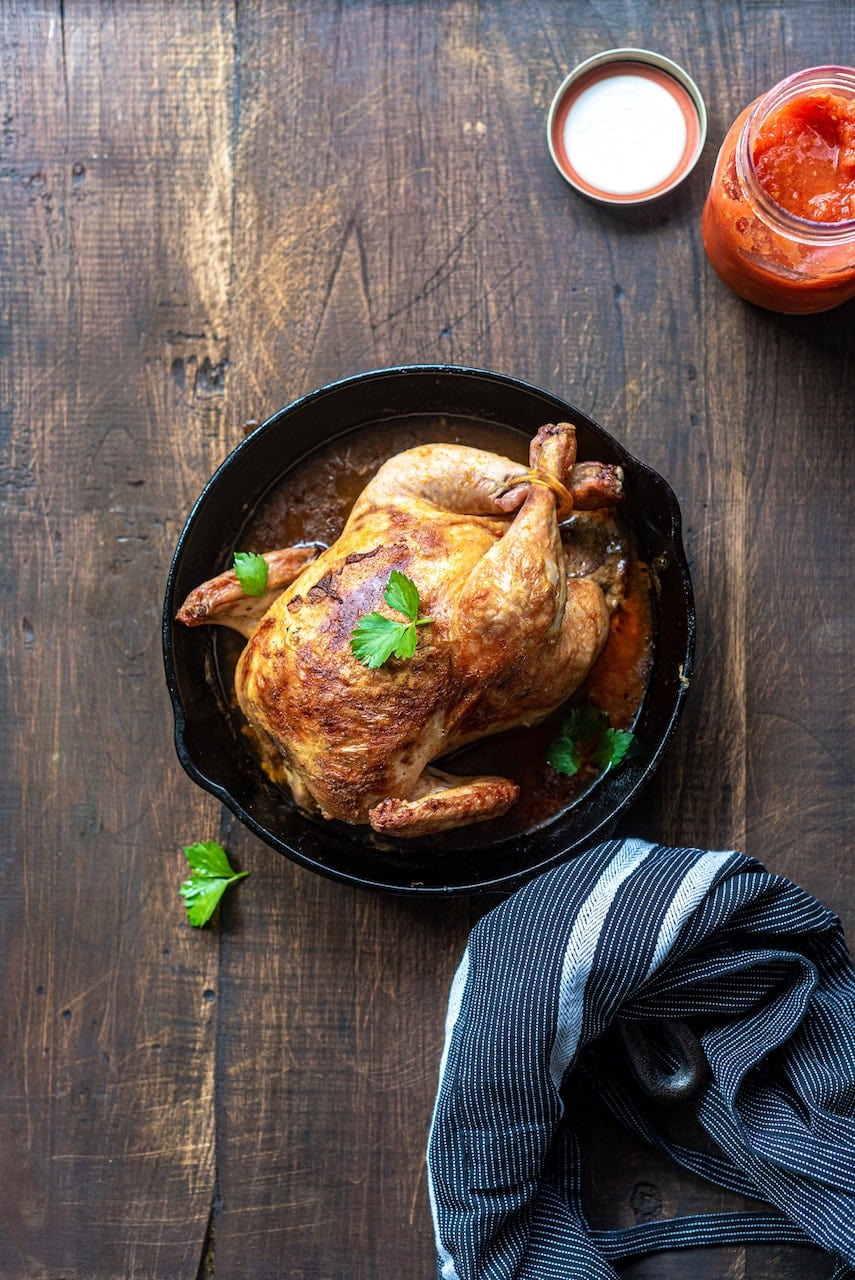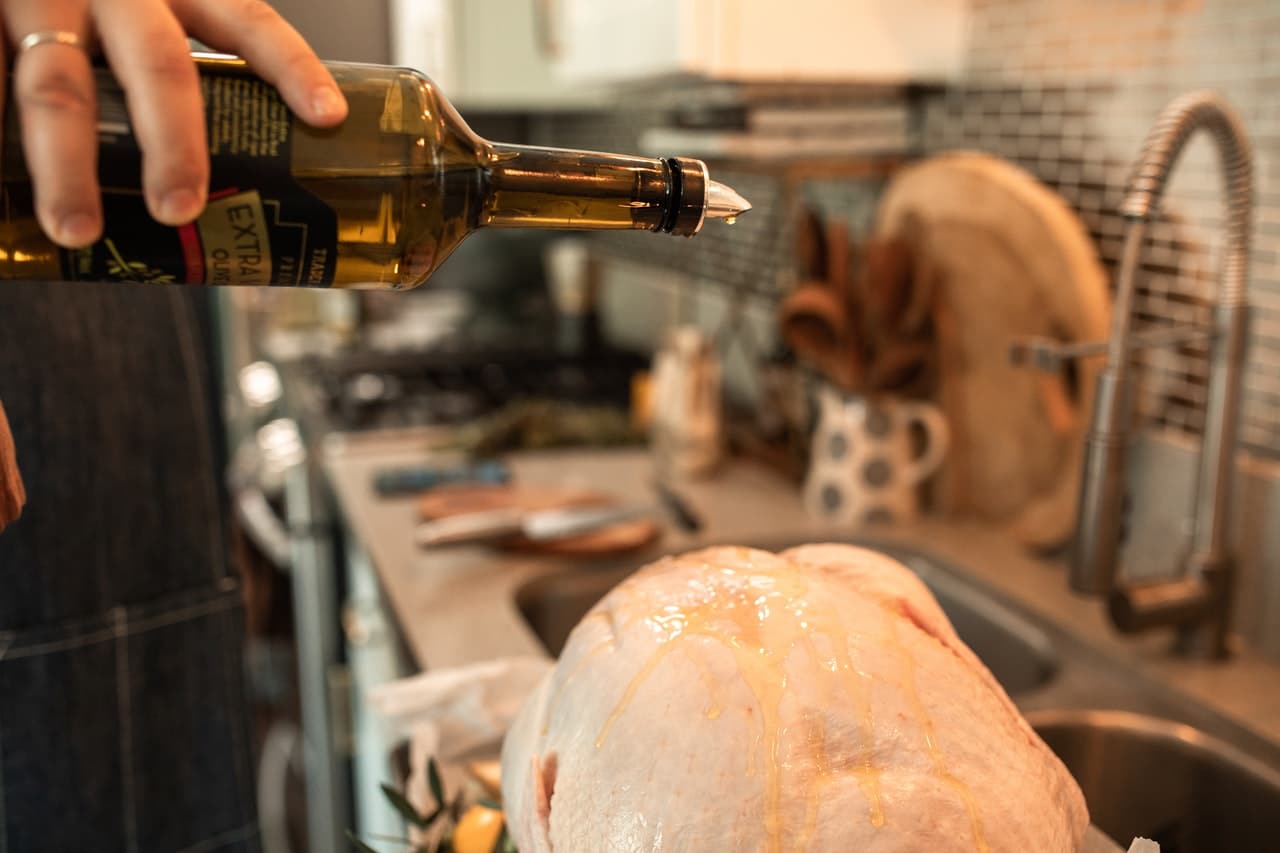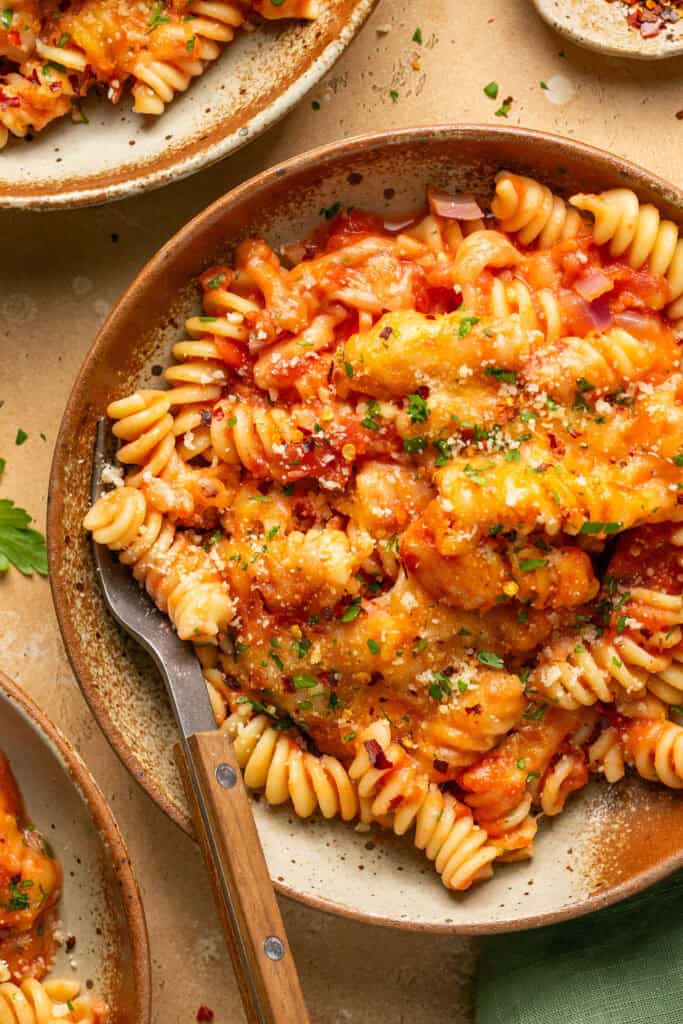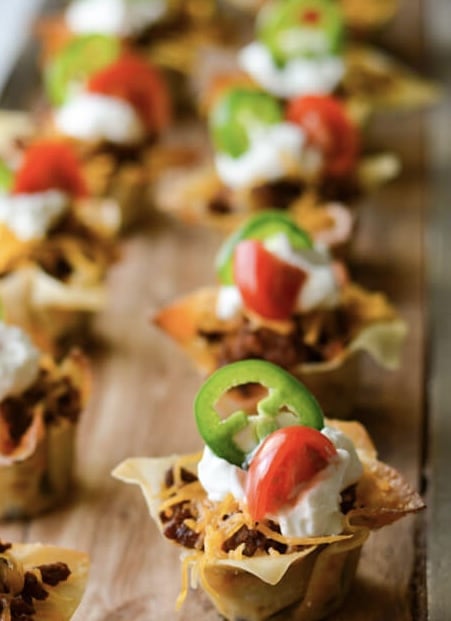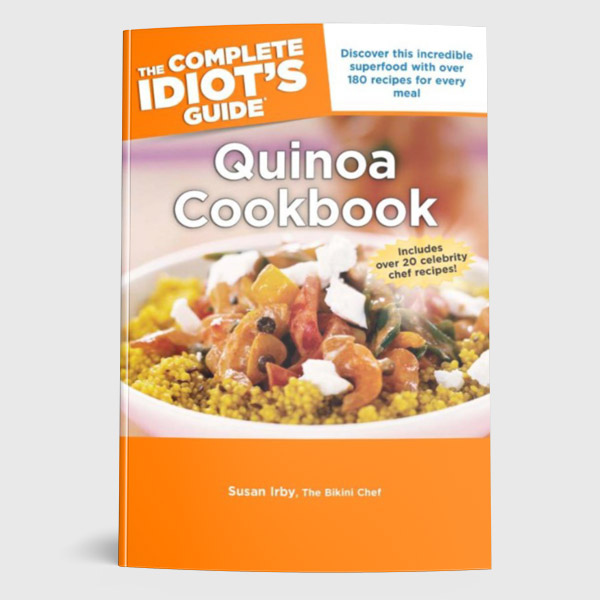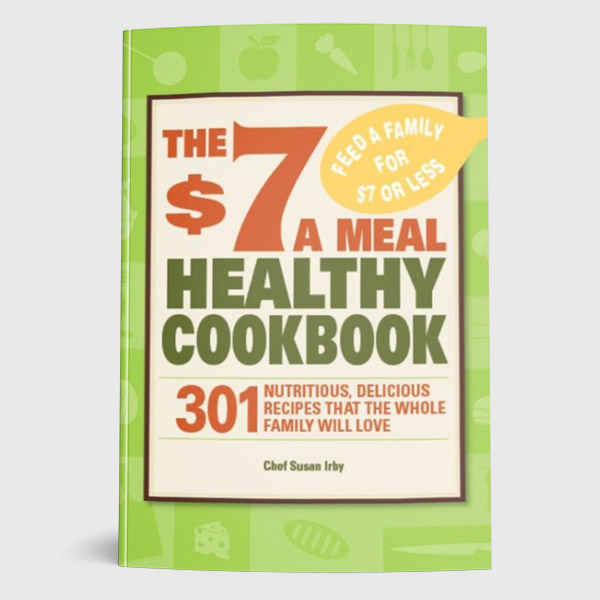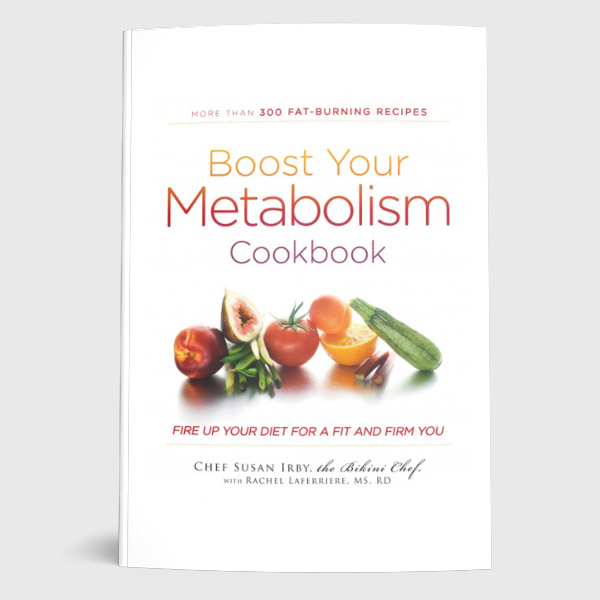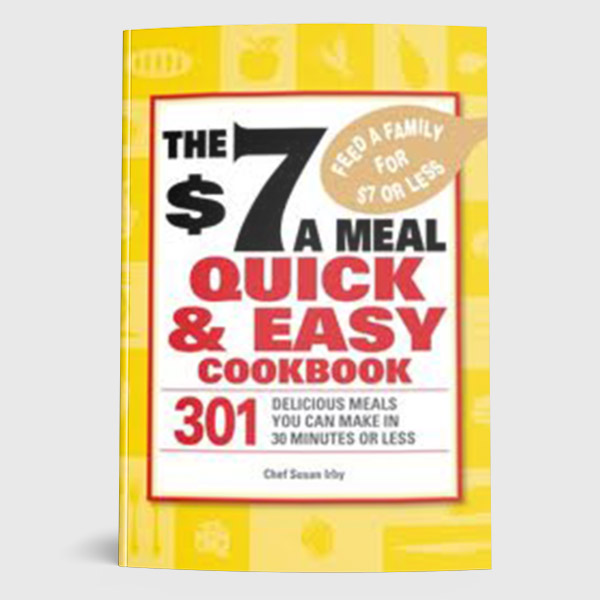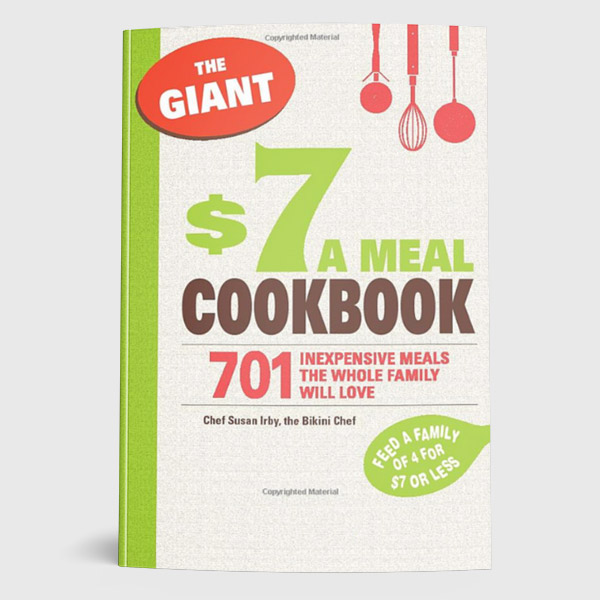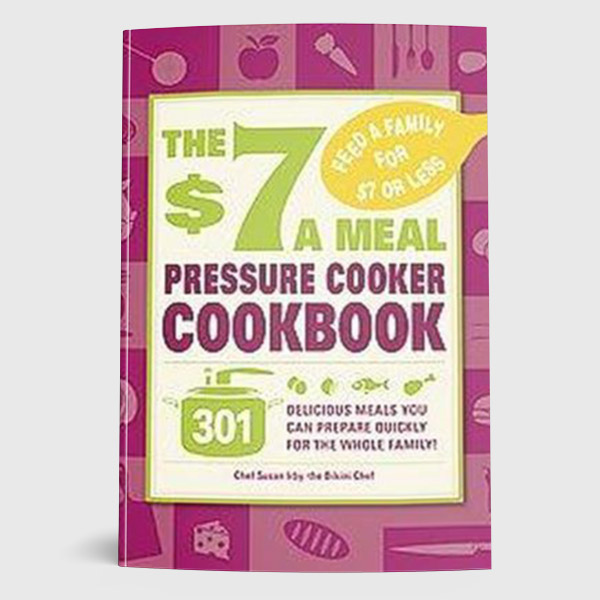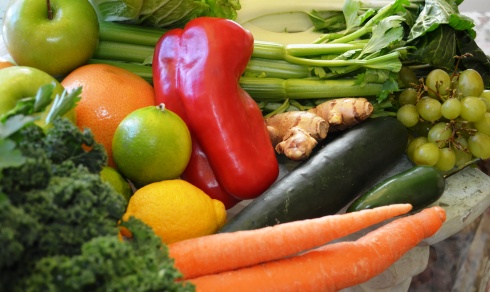
When most of us sit down to eat, the last thing we want to think about is portion control. But for a #SOBikini lifestyle, that’s exactly what they should be doing.
The first step in successful portion control is learning the correct serving size – the amount of food recommended by government agencies, such as the Dietary Guidelines for Americans put out by the USDA and Department of Health and Human Services, and the USDA Food Guide Pyramid. The serving size can usually be found by reading nutritional labels. But the portion is the amount of food or drink a person chooses to consume. In many cases, the portion eaten is larger than the serving size simply because we don’t know any better.
Portion Control and Diet: 10 Easy Tips for Smaller Servings
The good news is that with a little practice, portion control is easy to do and can help people be successful in reaching and then maintaining a proper weight.
Here are 10 simple ways to keep your portions a healthy size:
1. Listen to your hunger cues. Eat when hungry and stop when satisfied or comfortably full.
2. Measure accurately. For foods and beverages, use gadgets like a measuring cup, tablespoon, teaspoon, or food scale.
3. Learn how to estimate serving sizes. “Ballpark’ food portion sizes by estimating serving sizes in comparison to known objects. For example, three ounces of cooked meat, fish, or poultry is about the size of a deck of cards. Other easy measurements to eyeball include:
- ½ cup is the size of an ice cream scoop
- 1 cup is the size of a tennis ball
- 1 ounce of cheese is the size of a domino
4. Use portion control dishware. Pick out smaller plates, bowls, cups, and glassware in your kitchen and measure what they hold. You might find that a bowl you thought held 8 ounces of soup actually holds 16, meaning you’ve been eating twice what you planned.
5. Dish out your servings separately. Serve food from the stove onto plates rather than family-style at the table, which encourages seconds.
6. Make your own single-serving packs. Re-portion bulk quantities of favorite foods such as pasta, rice, and cereal into individual portions in bags so that when you’re in the mood for some food, you’ll instantly see the number of portions you’re preparing.
7. Drink a cup of water before you start eating. Before you sit down to eat, drink a glass of water to help you get fuller, faster.
8. Measure oil carefully. This is especially important because oil, even the healthful kinds like olive and safflower, have so many calories. Avoid pouring it directly into your cooking pan or over food.
9. Control portions when dining out. Eat half or share the meal with a friend. If eating a salad, ask for dressing on the side. Dip your fork into the dressing and then into the salad.
10. Add vegetables. Eat a cup of low-calorie vegetable soup prior to eating a meal, or add vegetables to casseroles and sandwiches to add volume without a lot of calories.

